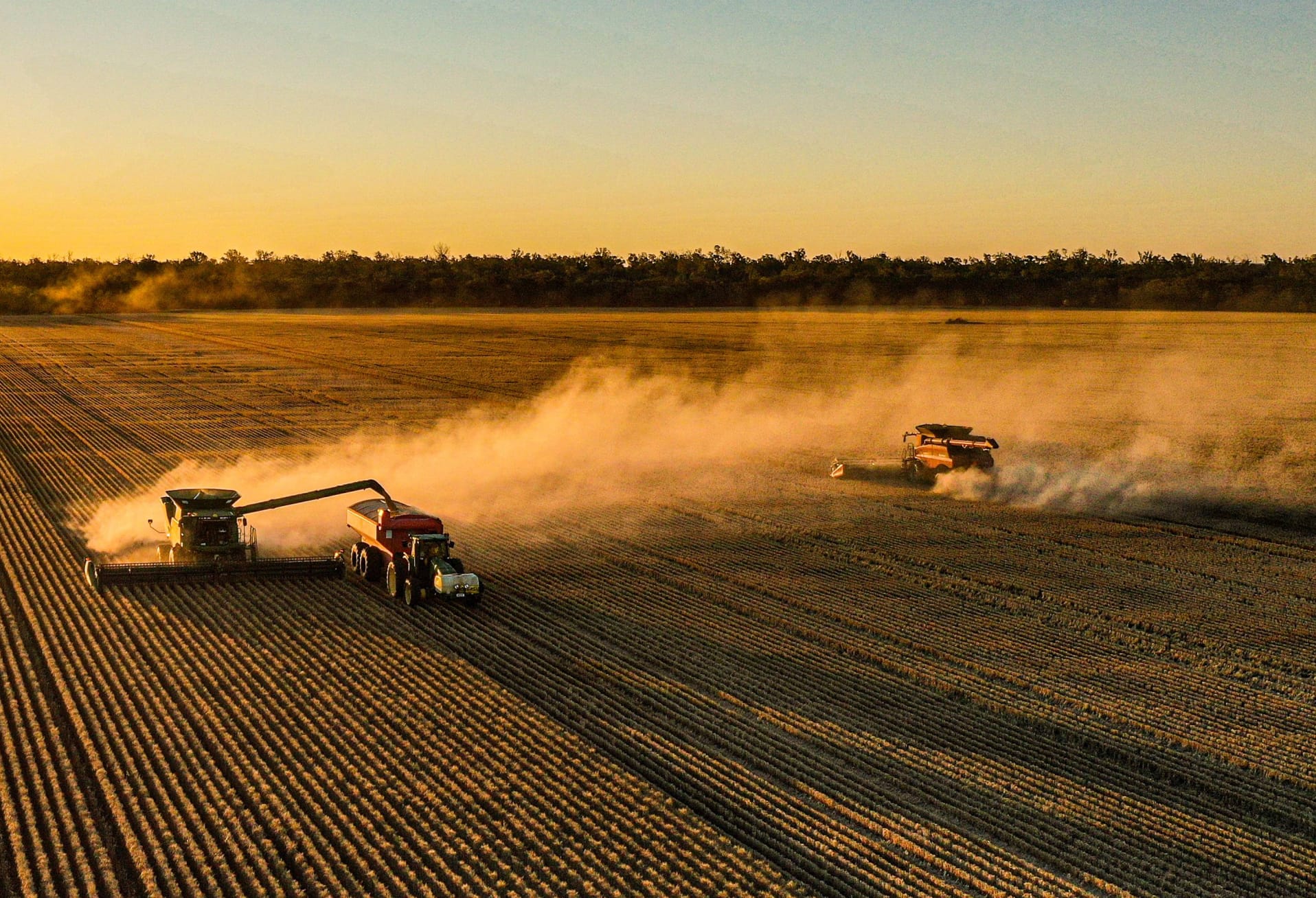Like the best of us, your rams need an annual health check – in their case to make sure they are up to their task of serving your ewes.
Even if you are comfortable with previous lambing percentages, it’s a good idea to get into the habit of examining your rams for breeding soundness at least eight weeks, preferably 12 weeks, before joining. Sperm production commences 49 days before the act of mating so this allows time to treat problems, or to source replacement rams if necessary.
Rams are very heavy, so it’s a good idea to ensure you are fit and/or get extra help when handling them. You can examine them in the race, but it’s better if they are in sitting position. You may choose to examine them when sedated at shearing.
To check for breeding soundness, use the simple checklist of the 5 T’s:
- Teeth: Nutrition has a big effect on fertility – if the mouth is not sound it may lead to nutritional stress and poor fertility. Nutritional changes affect fertility more rapidly than is reflected in body weight or condition score. Feeding lupins for two months prior to joining can increase testicle size and potentially double fertility. Also check the eyes for any issues.
- Toes: Check feet and legs for soundness and mobility that might affect their ability to walk and support them during mating. Ideally, you would like to see nice pink, dry skin between toes. Trim hooves at this time if needed.
- Testicles: Palpate the testes and look for any lumps or swelling of testicle or epididymus (at the base and head of the testicles and the long tubes which run up the sides of the testes). The testes should be the same size, have good tone (feel firm and springy, like a curled bicep), and be free moving within the scrotum. Size is indicative of sperm producing ability and testosterone. For Merino’s, they should be at least 28.5cm circumference (two stubbies) in hoggets, and 32cm in adult rams. Don’t buy rams with small testicles.
- Tackle: Tip the ram on its rear and roll slightly forward to exteriorise the penis. Check prepuce and penis for injuries or infections that would affect servicing ewes. You don’t need to touch it. Cull any rams with problems.
- Torso: Keep rams at condition score (CS) 3 during the year and approaching CS4 at joining, because they will lose condition during mating. If underweight they may have suboptimal fertility and won’t have the body reserves to sustain the 5-7 week mating period. If rams are overweight they can’t maintain the right body temperature which affects fertility, and it puts pressure on their joints which may cause difficulty in mating.
Testes need to be kept cool for viable sperm production. Excessive heating caused by hot weather (i.e. long periods of temperatures over 32 degrees, or short spells over 38 degrees), disease or infection (e.g. flystrike) can damage sperm. If rams are heat stressed they could still serve ewes successfully until the stored sperm are used (2-3 weeks) but then will take 7 weeks to produce new viable sperm.
Keep rams free of disease, and time shearing so rams have 3-4 months (35mm) wool at joining and ensure their paddock has ready access to cool clean water, quality feed and adequate shade during the premating period.
All rams offered for sale from stud flocks should have passed a physical examination, and are preferably Ovine Brucellosis (OB)-free.
Now is a good time to know the status of your rams, and be armed with knowledge if extra replacements are needed as you head off to spring ram sales.











